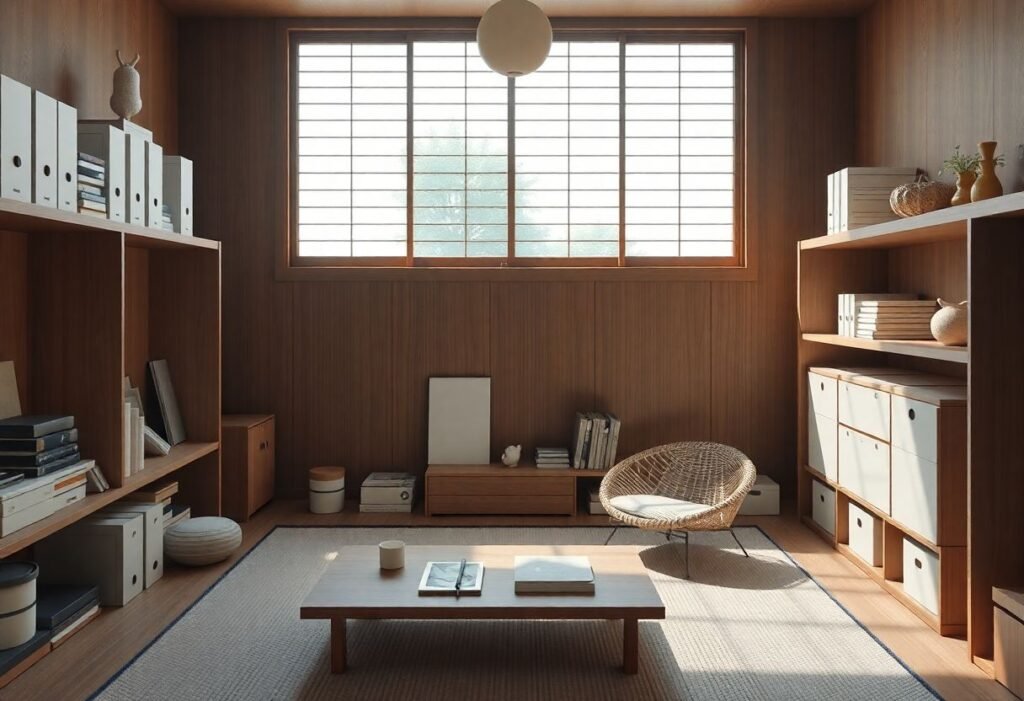Understanding the Essence of Japanese Aesthetics
At the heart of Japanese organization is the aesthetic rooted in nature. Japanese design emphasizes a deep respect for the surrounding environment, allowing for an effortless blend of the indoors and outdoors. This respect manifests through the use of natural materials, neutral color palettes, and an overall simplicity that invites calm.
Minimalism and Its Functionality in Modern Homes
When we think of Japanese organization, minimalism immediately comes to mind. Japanese homes exemplify a decluttered lifestyle where every piece of furniture serves multiple purposes. A folding screen, for instance, can act as both a space divider and a decorative element, promoting both organization and style in a compact footprint.
Innovative Storage Solutions Inspired by Japan
One of the standout features of Japanese organization is its innovative storage solutions. Utilizing furniture that encompasses hidden compartments and multifunctional pieces can help maintain a clean and organized environment. Imagine a bench with storage underneath that not only provides seating but also keeps your belongings beautifully tucked away.
Bringing Nature Indoors
Nature plays a vital role in Japanese organization. Incorporating houseplants, like bamboo or bonsai trees, fosters a connection to the outdoors while enhancing the interior aesthetics. These elements not only purify the air but also evoke a sense of calm and well-being.
Emphasizing Open Spaces and Layouts
The concept of open spaces is significant in Japanese organization. Generous layouts with large windows allow natural light to flood the home, creating an uplifting environment. This thoughtful design invites energy and enhances the sense of connection between the inhabitants and their surroundings.
The Influence of Furniture and Art in Japanese Design
Furniture in Japanese homes is often low to the ground and embodies a blend of tradition and modernity. Armchairs, tables, and other seating options are aligned with the principle of functionality and comfort. Adding artwork that reflects local culture and history can elevate the atmosphere in any room and is a nod to the importance of Japanese organization.
Japanese Gardens: An Extension of Living Space
Japanese gardens are masterpieces that embody the essence of Japanese organization. They focus on natural elements, such as stones, water features, and carefully arranged plants, creating a coherent and tranquil outdoor space. These gardens not only serve as a tranquil retreat but also harmoniously extend the living areas of the home.
Conclusion
Japanese organization is more than just an aesthetic; it’s a lifestyle choice that brings balance and tranquility into daily living. By integrating minimalist principles, a connection with nature, and innovative organization solutions, you can create a home that fosters peace and harmony. Embrace the beauty of Japanese organization in your own space and discover the transformative effects it can have on your life.
Disclaimer
This article is for informational purposes only and should not be considered as professional advice. For particular changes, consider consulting an expert.

















